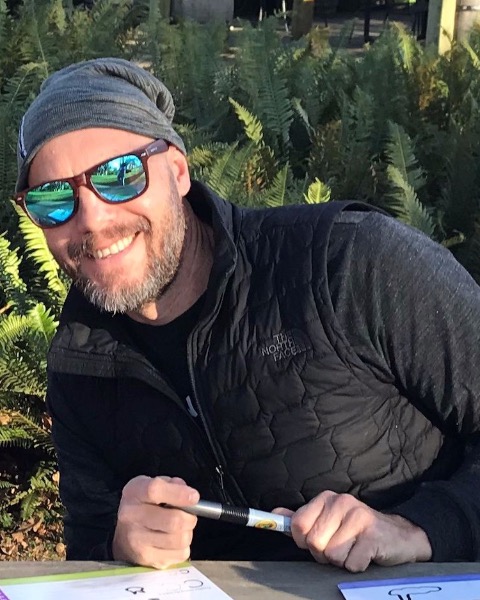Plant-Insect Ecosystems
10-Minute Paper
New habitat, new lunch? Insights into the prey of Vespa mandarina (Hymenoptera: Vespidae) in Cascadia obtained from sequencing poop

Chris Looney
Entomologist
Washington State Department of Agriculture
Olympia, Washington- TW
Telissa Wilson
Pest Biologist
Washington State Department of Agriculture
Olympia, Washington - MW
Mark Wildung
Washington State University
Pullman, Washington .jpg)
Todd M. Gilligan
Biological Scientist
USDA-APHIS
Fort Collins, Colorado
Presenting Author(s)
Co-Author(s)
Multiple specimens of the giant hornet, Vespa mandarinia Smith, 1852, were detected in southwest British Columbia and adjacent Washington State in 2019 and 2020. Field work during 2020 in Washington State led to the detection of the second nest discovered in North America. The nest was well-developed, with multiple combs and capped pupae. In an attempt to elucidate prey species the hornets may be exploiting, we removed frass (meconia) from vacated cells and sequenced the COI barcoding region (via Pacbio Sequel instrument). An initial test run returned 196,000 high quality, full length sequences of six species of social Hymenoptera, one dragonfly, and several inquiline species, confirming the potential of this approach. For further analysis we selected multiple cells from each comb with evidence of feces, stratifying the cells by location in the comb to capture predation over time. The results of these 20 samples will be discussed, and compared with documented prey from the hornet’s native range.

